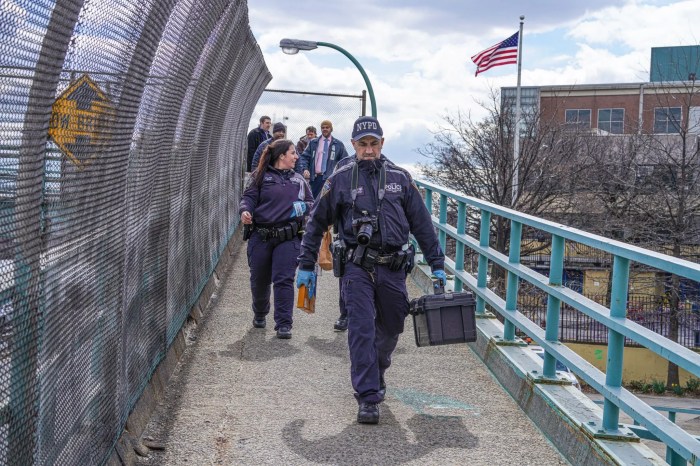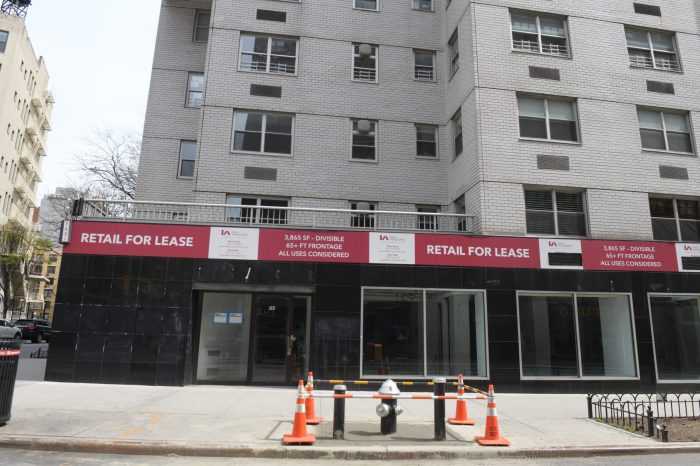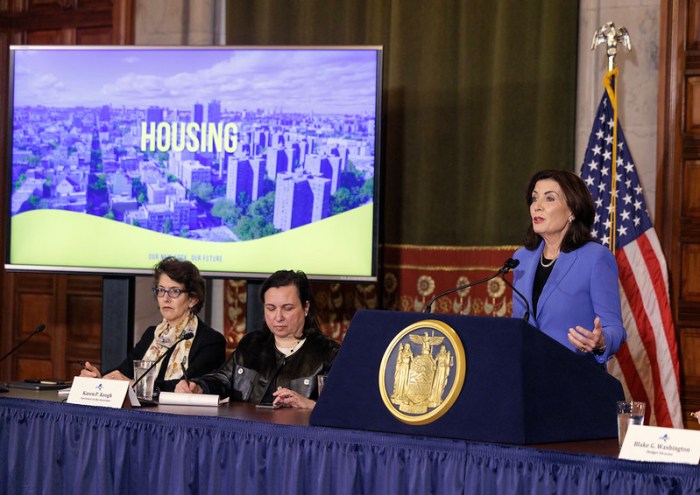
Weird and wonderful food, different tipping customs, housing scams, and low wages are just some of the aspects of NYC — the top destination in the country for foreign students — that impress, perplex and vex our visiting scholars.
Given their diverse cultural and national backgrounds and expertise at the “compare and contrast” academic exercise, foreign students have a unique ability to assess the strengths, weaknesses and oddities of NYC. So we asked ’em: What do they find most surprising/shocking/pleasing/hilarious about living here?
Australian Prianka Srinivasan, a 25-year-old New York University graduate student from Melbourne, was astonished when she overheard a woman in Brooklyn being interviewed for a bookkeeping position that paid $10 an hour.
“We wouldn’t offer a teenager that in Australia,” she said, noting that the minimum wage there “is about $17,” as a result of labor activism in the 1970s. Her country has a “Fair Wage Commission” to ensure people are paid adequately and they earn a “penalty rate,” of two to two-and-a-half times the hourly wage, if required to work Sundays and holidays.
On the upside? The Big Apple offers a buffet of terrific and twee cuisines. “I’m on my way to an oatmeal restaurant,” said Srinivasan. “Apparently, they have savory oatmeals. I walked past an artisanal popcorn place. They have vegan doughnuts here!”
The number of international students in the U.S. — 886,052 according to a 2014 report issued by the Institute for International Education — is at an all-time high. New York City is not only their top metropolitan destination, but New York University places first in the country both in foreign students and in students who participate in study abroad programs, according to the report.
The top three homes of origin for foreign students in the U.S. are China, India and South Korea, with Chinese students now comprising 31% of all foreign students in the country and transitioning from family-centered lives in their homeland to the metropolis of individualism can be unsettling. “People are much busier here,” said Jennifer Yu, 22, an NYU senior from Shanghai.
“Everyone has their own thing to do and if you want to hang out, it’s hard,” added the Gramercy Park resident. Yu and others noted NYC relationships can seem more instrumental and transactional than those forged elsewhere. “You see people one time and never see them again!” said Yu. Others noted that instead of one concrete group of friends, New Yorkers were more likely to have diverse subsets of pals, each representing different areas of their lives and interests.
Beinuo Gong, 22, who is from China’s Shandong province and now lives in Bay Ridge, observes that “Here, people don’t really go back to visit their parents, but the working people spend more time with their little children,” who are typically cared for by grandparents in China.
Gong, who is obtaining a masters of science in financial risk engineering at NYU, gives high marks to the piano in Washington Square Park (“they let me play on it!”) and the jingles broadcast by ice cream trucks, but wants to set the record straight on one American conceit: “General Tso’s Chicken? We don’t eat that in China. I never heard of that dish before I came here.”
Tipping people for services rendered and the ease of personal expression in public interest Niclas Wahlstrom, 19, a physics major from Stockholm. Couples being openly affectionate with each other is not nearly as common in Sweden, he said. “Just the general acceptance of everything in public,” feels new and unusual.
Stockholm has a clean, intuitive, art-filled metro boasting quiet trains with upholstered seats that costs about twice the fare of an NYC subway ride. Wahlstrom thought our rigid, unpadded subway seats were a “traditional style” and had absolutely nothing to do with being designed to deter destruction by dirt, bedbugs and vandals.
But the underground decor baffled him. “You have really old advertisements here: That never happens in Sweden, they update them constantly,” he said.
—————————————–
Sidebar:
. Some other facts about the visiting scholars in our midst:
- New York State ranks #2 in the nation in foreign students with 98,906 international students in empire state colleges and universities.
- In New York State, 32.6% of foreign students come from China, 12.4% come from India, 10.6% come from South Korea, 5.8% from Canada, and 2.3% from Taiwan. Nationally, the number of students from China and India are rising, while the number of students from South Korea is falling.
- NYU tops colleges in the state with 11,164 international students enrolled in 2014, followed closely by Columbia University. SUNY University at Buffalo takes third place. Cornell University in Ithaca nabs fourth, followed by SUNY Stony Brook.
- International student make up just over four per cent of total U.S. graduate and undergraduate enrollments.
- International students contributed more than $27 billion to the U.S. economy in 2013.
- More American kids are studying abroad, too: The overall number of Americans studying abroad for credit has more than doubled in 15 years, though fewer than 10% participate in a study abroad program before graduation.

















